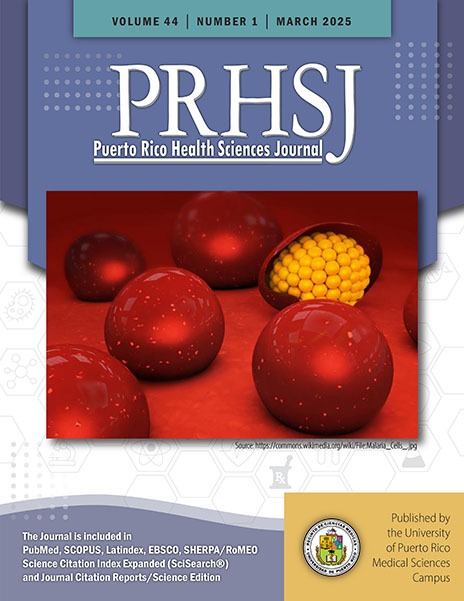Abstract
Objective: This study examined how the COVID-19 pandemic contributed to food insecurity in households in Puerto Rico with children with disabilities, compared to households with children without disabilities. Methods: The present study used a 2-group, cross-sectional design. Participants were interviewed once to describe experiences of food insecurity during the 12 months before the COVID-19 pandemic and again during the pandemic lockdown. In addition, demographic characteristics and mental and physical health were assessed. Results: Before the COVID-19 pandemic, food insecurity in Puerto Rico was significantly higher in households with children with disabilities (n = 48) than in households with children without disabilities (n = 49) (P < .001). During the COVID-19 pandemic, this difference remained (P = .029). Food insecurity was higher before the pandemic among children in households with children with disabilities (odds ratio [OR]: 3.62; 95% CI:1.19–11.05), and in households overall (OR: 4.72; 95% CI: 1.83 12.14), when assessing adults and children in the same household. This was also true during the pandemic for households overall (OR: 2.54; 95% CI: 1.09–5.96), but to a lesser degree. Food insecurity was not statistically significant in children during the pandemic (OR: 2.56; 95% CI: 0.97–6.74). In both types of households, physical and mental health scores were more than 1 standard deviation below the United States mean. Conclusion: Both types of households experienced food insecurity during the pandemic. No relationship between food insecurity, disability, and health status was observed in the study sample. All the participants reported low physical and mental health.
Authors who publish with this journal agree to the following terms:
a. Authors retain copyright and grant the journal right of first publication with the work simultaneously licensed under a Creative Commons Attribution License that allows others to share the work with an acknowledgement of the work's authorship and initial publication in this journal.
b. Authors are able to enter into separate, additional contractual arrangements for the non-exclusive distribution of the journal's published version of the work (e.g., post it to an institutional repository or publish it in a book), with an acknowledgement of its initial publication in this journal.
c. Authors are permitted and encouraged to post their work online (e.g., in institutional repositories or on their website) prior to and during the submission process, as it can lead to productive exchanges, as well as earlier and greater citation of published work (See The Effect of Open Access).
